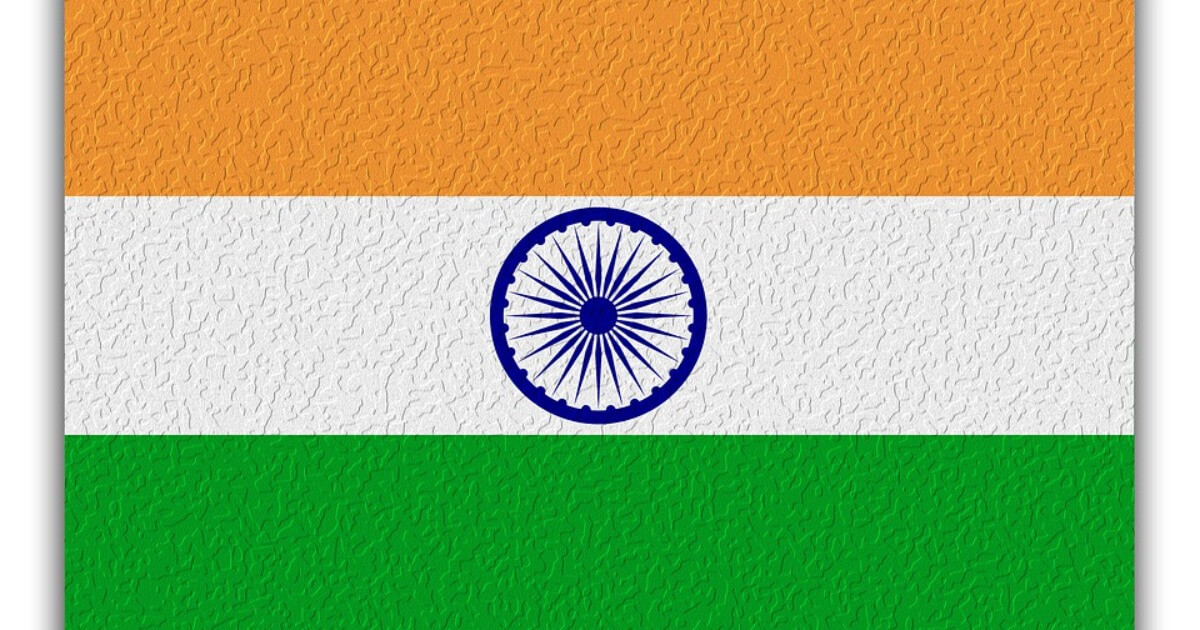India After the G-20 Summit
How does India fit into the world economy? Does the world’s soon to be most populous nation have a viable economic strategy?
July 11, 2017

Expansionist Germany was the muscular outlier in the early part of the 20th century. In the early part of the current century, it is China. Scale matters.
Just consider that the world’s largest mall, 19 million square feet of space, stands in Chengdu, western China.
The Chinese manufacturing engine has surplus capacity to feed the world over the next decade with goods, targeted at the price points and quality requirements of local markets, across the globe.
China applies the late CK Prahalad’s principle of “finding the fortune hidden at the bottom of the pyramid” by supplying consumables and consumer durables to three billion humans at the bottom of the economic food chain.
And they do it better than local manufacturers, located in countries where the poor exist, including India.
India’s DNA
So where does this leave India? It is not in India’s DNA to kowtow. So, we are a poor fit with China.
It is in India’s political DNA to be ideological. Remember Non-Alignment? Ideologically committed bureaucracies are a menace. They must be tamed.
To come out tops, from the ongoing international churn towards a transactional future, we Indians need to reign in our tendency to grandstand.
There is virtue in being supremely transactional. But transactions must be anchored in public interest. We have not been very good at that.
Had we been better, we would have got rid of poverty faster than we have. We would have cared more about creating physical and social (education and health) infrastructure and jobs.
And we would have exploited every growth opportunity, which came our way, rather than choose to sit out the 1970s and the 1980s on our elitist, immaculately manicured hands.
India’s place in the world
We do not have the luxury, unlike Latin America and large parts of Africa, of being natural invitees to the Western, Christian table of nations.
Nor do we fit the dismal, backward looking club of Islamic nations. And we are too large to be helped economically.
So, like China, we have no option, except to fend for ourselves. International trade is our entry point to becoming more competitive.
We need cheap Chinese goods more than China needs our market. We import just 3% of China’s exports.
We should be trying harder to become part of global supply chains to pull-in foreign investment, technology, jobs and increase net exports.
Our traditional links with Russia are valuable, but need to be lubricated.
Deepening links with the West
With the United States and its West European allies, we Indians share a tradition of democracy – a generic, clunky, artefact to safeguard citizen rights versus the state via an elaborate architecture of self-balancing, institutional power centers. These links can be deepened.
Going under the radar and setting-off no red alerts until we have accumulated critical economic heft is sensible.
Playing second, or even seventh, fiddle, to achieve targeted outcomes is better than to compromise outcomes by being top-dog in process matters.
But pursuing a low profile economic diplomacy does not come easy to India’s colonial-style foreign policy establishment.
It is best to remember that we rank seventh in nominal GDP and are a lower middle-income country.
We should punch our weight. Doing more is unsustainable.